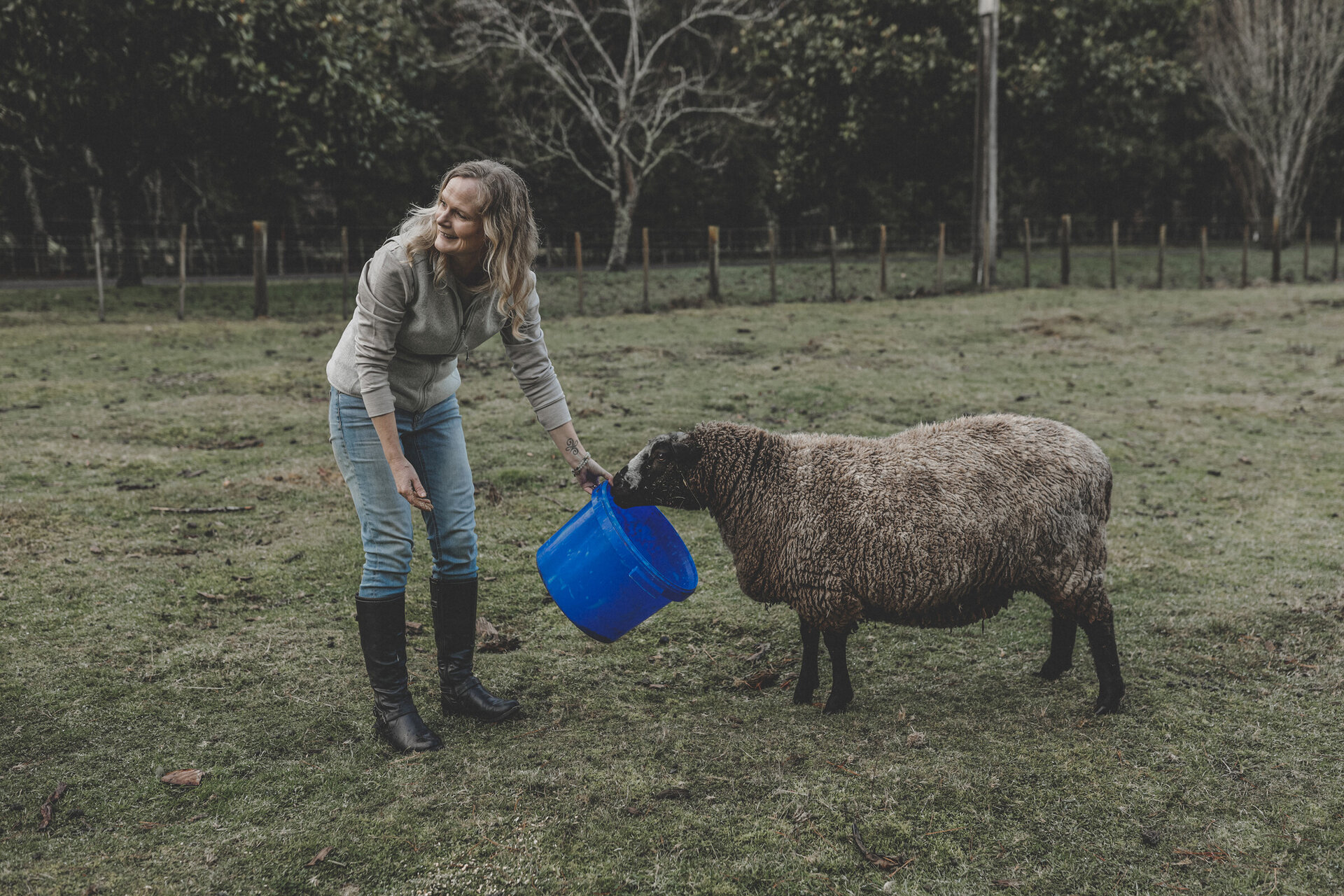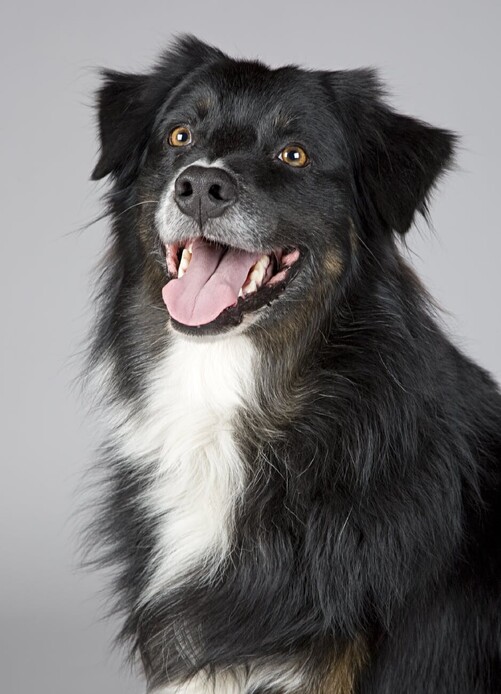A gradual transition to raw food is recommended especially for older pets.
To start the transition it is a good idea to make their food 75% current food to 25% new raw food. A sign that your pet is ready to move on to the next stage is that their stools will be solid. Once their stools have been consistent for a few days, increase the % of raw food again by another 25% and so on. Some pets can transition very easily and quickly on to raw food, others; especially older pets can take a bit more time.
If you feel that they are handling the transition well, then add in a little more raw food. The idea is to adjust the transition speed in response to how they are doing.
You may also notice that your pet starts to “detox”. This is very normal. Some of the signs you may see during a detox is that their coat has an odour to it. They may develop diarrhoea or their stool volume may increase. There could be a change in colour, density and frequency of their bowel movements.
If your find your pet is having difficulty or is very sensitive to the transition, then reduce the mix down to 10%.
If your pet is having difficulty with the transition it could be due to the below reasons:
- They don’t recognise the new food as food
- They are picky about the texture and consistency of the new food (try adding a bit of moisture in)
- It is different to what they have had before and they are wary of it
If you are experiencing any of these problems it can help if you “form” the food into kibble shapes. Sometimes making the food look like their old food makes it more appealing.
You may need to give your pet a “sample” of a few things to see what they like. Some pets prefer a chunky mix, some prefer their food at room temperature or warmer or even colder.
Many pets can also tell how “old” their food is. Freshness is a must, a picky eater is going to pick up on this very quickly.
During the transition period it is important that you observe your pet’s reaction to their new food as this will give you an idea on how they are coping with the transition.
More importantly - how intense is their “happy dance”?



